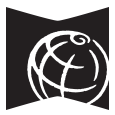Capitol Hill Branch Highlights
The Capitol Hill Branch is a refuge from the high energy of Broadway’s commercial district. The library has a reading room with glass walls to the north and south. A vertical garden allows natural light into the room. It is a quiet living room for an active community.
Our LGBTQ+ Collection is at the Capitol Hill Branch. The collection has books written by or about members of the queer community.
History
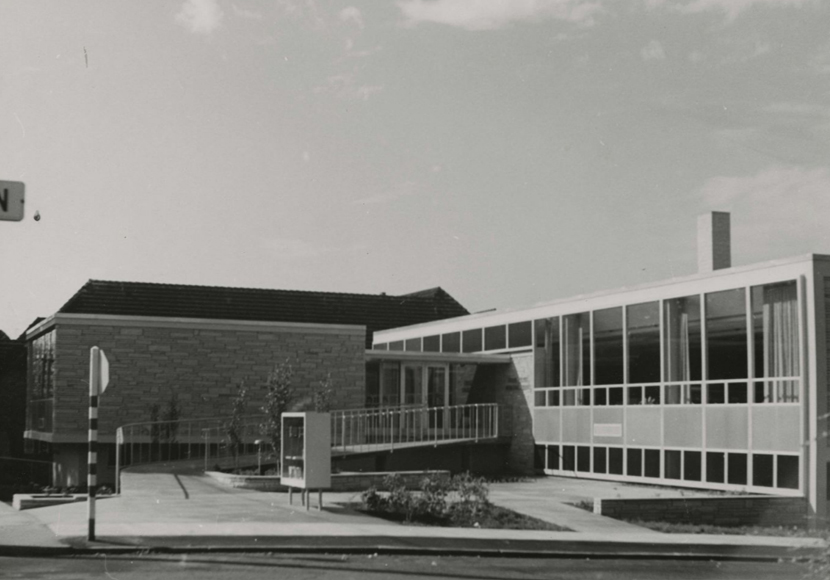
Serving the Capitol Hill community since 1913
Library service to Capitol Hill started in 1913 with a small deposit station in the Mission Pharmacy. Deposit stations had smaller collections of books and were open fewer hours than branches. They served the city during times of recession or immigration booms. The pharmacy received 1 cent for each deposited book. In the early 1930s, the Depression forced the Library to close all 50 of its stations.
In 1944, another deposit station opened at Pilgrim Congregational Church and operated until 1954. The Aloha Branch, housed in a former storefront on Aloha Street, operated from 1948 to 1961.
By the mid 20th century, the Capitol Hill neighborhood required a full-service library. Initially called the “Henry Branch,” the Seattle City Council funded the Susan J. Henry Branch after library bond failures in 1950 and 1952. Property donated in 1934 for the branch by the Henry family was unsuitable for the library. With permission from the family, the Library sold the property. It used the proceeds to purchase the branch’s current site. Construction broke ground in 1953, and the Susan J. Henry Branch opened a year later in 1954.
For many years, the Henry Branch's lower level was home to Seattle's Library for the Blind. It was also a base for the Bookmobile program until 1957. The Library for the Blind got a new home in 1973, and later became the Washington Talking Book and Braille Library.
By 1998, the aging Henry Branch needed to be replaced. The 1998 Libraries for All bond campaign proposed a new building called the Capitol Hill Branch. The Capitol Hill Branch opened in 2003 with a new meeting room, underground parking, and program areas for children, teens and young adults.
In 2015, branch renovations included carpet and flooring replacements. The northeast seating alcove received a laptop bar, and the second-floor study room was refurbished.
Architecture
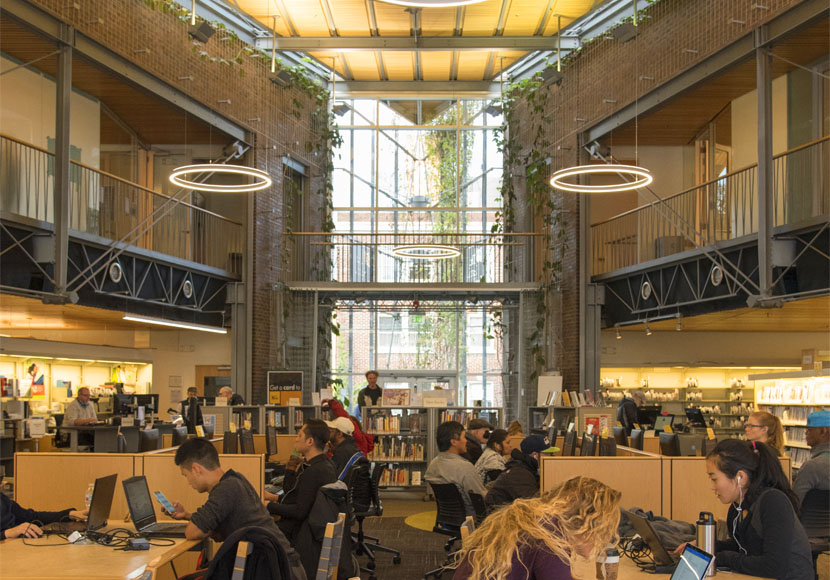
A triangular reading room is the heart of the Capitol Hill Branch. North and south walls are glass. The vertical garden appears to pass through the glass, contributing to the sense of sanctuary and its greenery filters natural light. The wood and steel triangular roof looks as if it floats over the branch's reading room.
Architect: Johnston Architects and Cutler Architects, 2003; Naramore, Bain, Brady, and Johanson (NBBJ) Architects, 1954.
Art
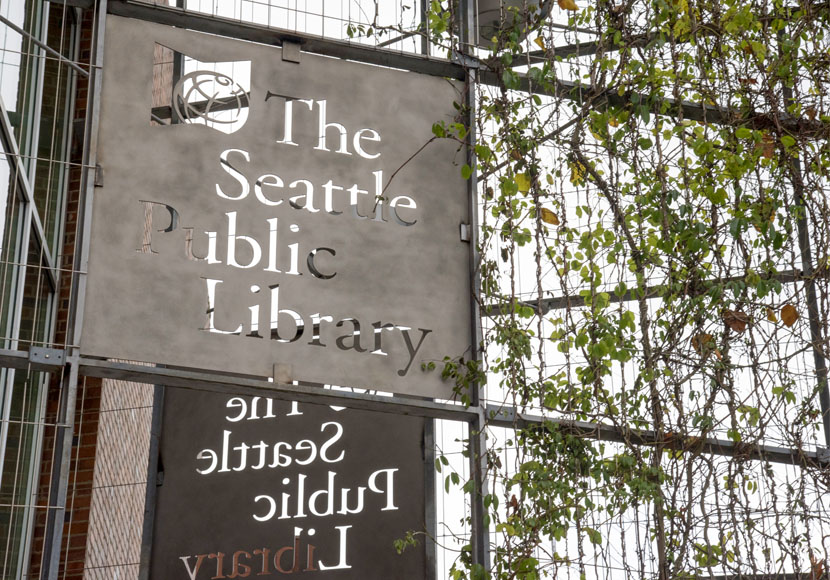
Merging art and architecture, Iole Alessandrini's "Contour" is a green, living wall over the entrance to the Capitol Hill Branch. Both evergreens and vines are supported on a stainless steel frame of mesh screens. The lattice wraps around the building and goes inside to frame the two-story reading room.
Named Spaces
Spaces named for donors include:
- Eulalie Bloedel Schneider Family Reading Area
LGBTQ+ Collection
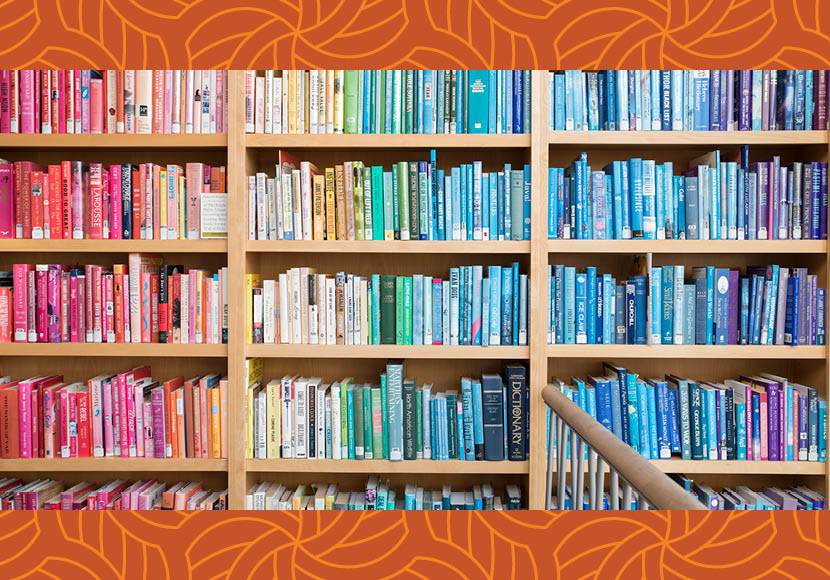
Our Capitol Hill Branch has a collection of over 1,500 books focused on the past, present and future of lesbian, gay, bisexual, transgender and queer people.
This diverse collection includes fiction and nonfiction, graphic novels, comics, literature, poetry, and biographies, offering a global perspective on LGBTQ+ experiences and topics. While most materials are in English, the collection also features publications in other languages.

